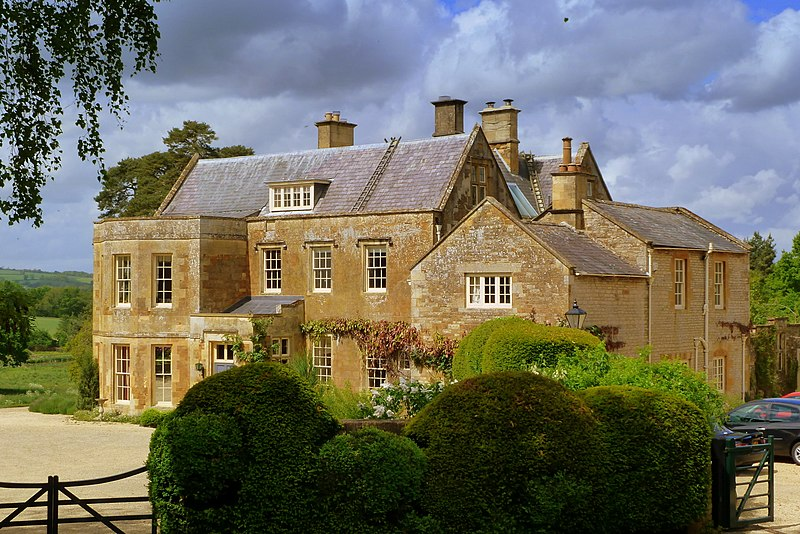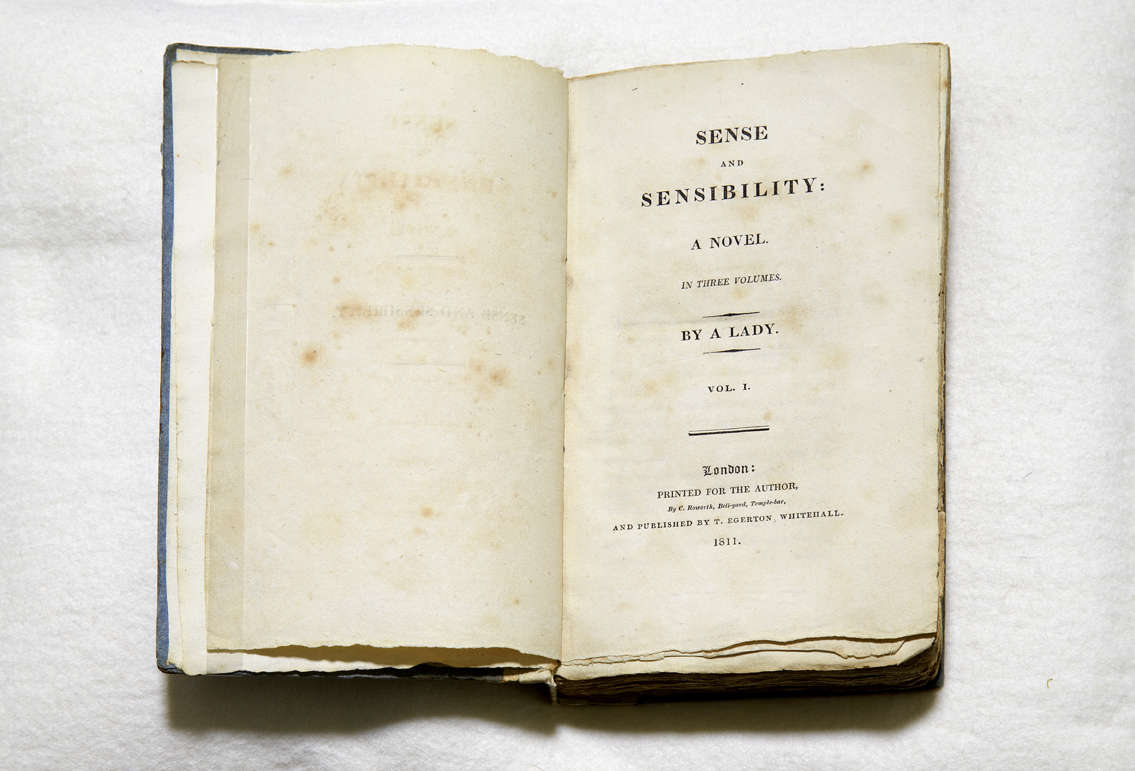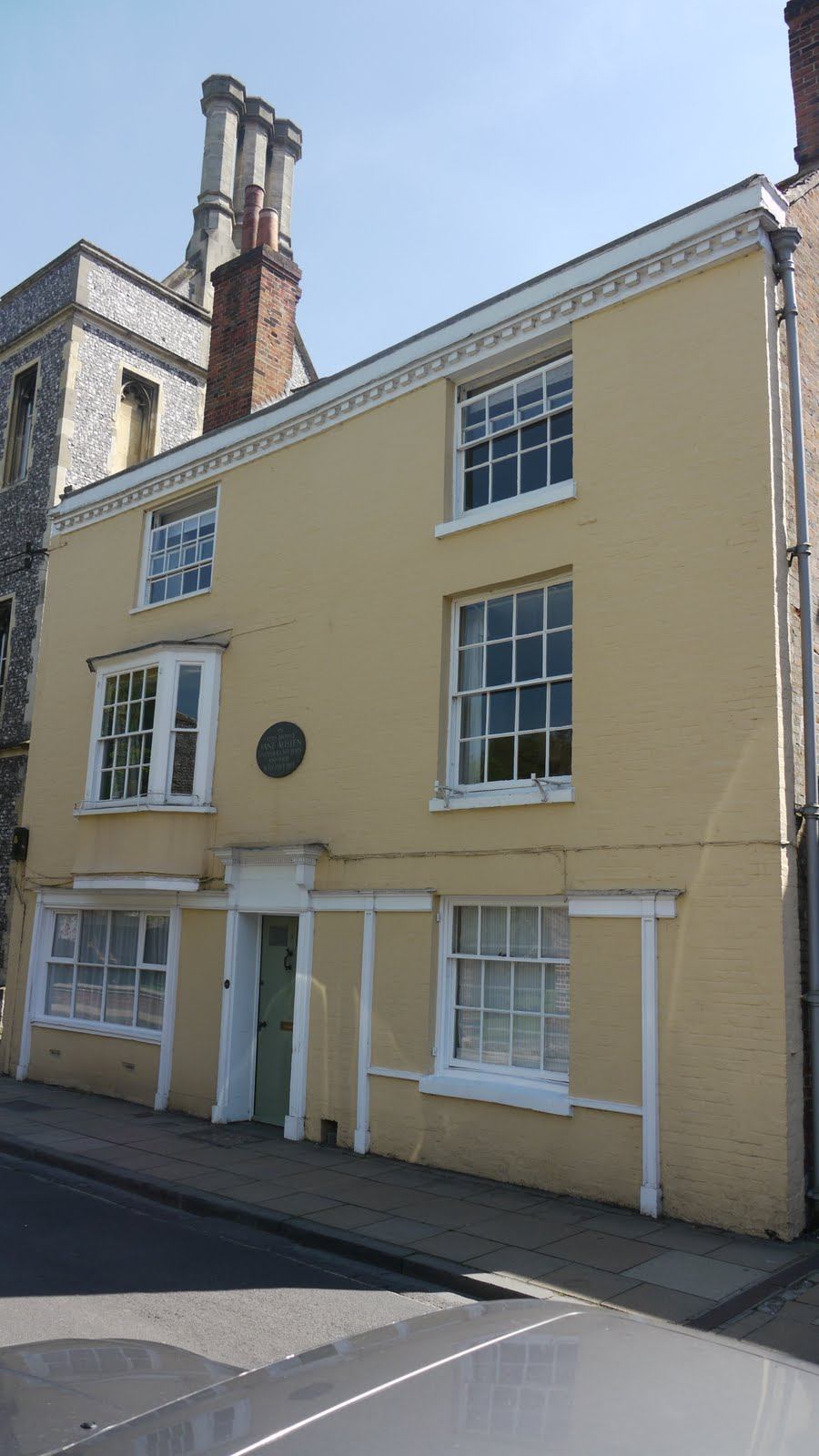In Bath the Austens moved to Green Park Buildings.
Mr Austen died in 1805.
That is the reason why they moved to 25 Gay Street in Bath, reducing their staff from a man and two maids to just one maid of all work. Martha Lloyd joined them after her mother had died.
The Austens then stayed in Worthing for a few months. Worthing is a seaside town and borough in West Sussex. Jane Austen's unfinished final novel Sanditon is thought to have been significantly based on experiences from her stay in Worthing in 1805.
Frank Auston was in the Battle of Santo Domingo, which was a British victory. After that, he married Mary Lloyd and decided to rent a house for his new bride, Mary, his mother, his sisters, Martha Lloyd in Southampton. The Battle of San Domingo was a naval battle of the Napoleonic Wars fought on 6 February 1806 between squadrons of French and British ships of the line off the southern coast of the French-occupied Spanish colonial Captaincy General of Santo Domingo in the Caribbean.
Before going to Southampton they stayed at Adlestrop near Stow on-the-Wold in Gloustershire with their relative Reverend Thomas Leigh. Thomas Leigh, a member of the manorial family, was Rector of Adlestrop from 1762 until his death in 1813. One of his cousins was the mother of novelist Jane Austen, who visited the rectory three times between 1794 and 1806. Her novel Mansfield Park may have been inspired by the village.
Then they stayed in the deceased Mary Leigh's Stoneleigh Abbey. Stoneleigh Abbey is an English country house and estate situated south of Coventry. In 1806 the estate passed to Rev. Thomas Leigh. He came to view his inheritance, bringing with him his cousin Cassandra Austen and her two daughters, Cassandra and Jane.
In Southampton the Austens lived in Castle Square. Castle Square took its name from Southampton Castle, a royal residence and defensive fort which had been sold off by the Crown in 1618. In the early nineteenth century, the Marquess of Lansdowne used what was left of the ruins to build a Gothic mansion on the site of the castle which, for a time, dominated the town’s skyline.
Fanny Knight was her brother Edward's daughter, and she was Jane's favourite niece. Frances Catherine Austen Knight (23 January 1793 – 24 December 1882) was the eldest niece and correspondent of the novelist Jane AustenFanny's aunts, Cassandra and Jane, who had once been occasional visitors, took on a much more involved and motherly role in the lives of their nieces and nephews when their mother died. In Southampton the Austens lived in Castle Square. Castle Square took its name from Southampton Castle, a royal residence and defensive fort which had been sold off by the Crown in 1618. In the early nineteenth century, the Marquess of Lansdowne used what was left of the ruins to build a Gothic mansion on the site of the castle which, for a time, dominated the town’s skyline.
Jane got to meet Elizabeth and Jane Purbeck who lived by their pen and they were a good influence on her. Elizabeth Purbeck and Jane Purbeck were English sisters and co-authors during the Romantic era who published six novels between 1789 and 1802.
After Southampton Jane, her sister and her mother moved to Chawton Cottage which belonged to Edward's estate. Jane spent the last eight years of her life there, and it is now the Jane Austen Museum. Edward Austen Knight allowed his mother and sisters to live in the house so they had a permanent residence. Jane Austen lived in the house with her mother, her sister Cassandra and a longtime family friend Martha Lloyd from 7 July 1809 until May 1817.
In 1811 "Sense and Sensibility" was published by Thomas Egerton. It was published anonymously; By A Lady appears on the title page where the author's name might have been. The novel, which sold out its first print run of 750 copies in the middle of 1813, marked a success for its author.
Mansfield Park is the third published novel by the English author Jane Austen, first published in 1814 by Thomas Egerton. A second edition was published in 1816 by John Murray, still within Austen's lifetime. The novel did not receive any public reviews until 1821.
Jane Austen's fourth book was Emma. Emma is a novel written by English author Jane Austen. It is set in the fictional country village of Highbury and the surrounding estates of Hartfield, Randalls and Donwell Abbey, and involves the relationships among people from a small number of families. The novel was first published in December 1815, although the title page is dated 1816. Emma, written after Austen's move to Chawton, was her last novel to be published during her lifetime.
Anna Austen (1793-1872) was Jane's niece, and she got engaged to Michael Terry, a man who was much older than she was, and her parents disapproved of. When her parents finally agreed to the marriage, she broke off the engagement. Then Anna married Ben Lefroy.
Jane Austen was invited to Carlton House by the Prince Regent, who was an admirer of her books. Austen satirised the Prince in several of her novels. Austen was invited to tour Carlton House, and to actually dedicate her next novel to the Prince. Grudgingly, she did, and there is a dedication in the early editions of Emma.
Carlton House was a mansion in Westminster, best known as the town residence of King George IV, particularly during the regency era and his time as prince regent. It faced the south side of Pall Mall, and its gardens abutted St James's Park[a] in the St James's district of London.
Jane Austen's health declined and she was often sick. There are theories about what disease she had. Some think she had Addison's disease and some others think it was Hodgkin's disease. Addison's disease, also known as primary adrenal insufficiency, is a rare long-term endocrine disorder characterized by inadequate production of the steroid hormones cortisol and aldosterone by the two outer layers of the cells of the adrenal glands, causing adrenal insufficiency. Hodgkin lymphoma is an uncommon cancer that develops in the lymphatic system, which is a network of vessels and glands spread throughout your body.
Jane started writing 'Persuasion' in 1815. Persuasion is the last novel completed by the English author Jane Austen. It was published on 20 December 1817, along with Northanger Abbey, six months after her death, although the title page is dated 1818.
Jane and Cassandra moved to Winchester because she could be treated by Dr Giles KIng Lyford from Winchester Hospital. Jane Austen went to Winchester in May 1817, to seek medical treatment from a surgeon at the county hospital. With her sister Cassandra, she took lodgings in College Street, a part of the city already familiar to the Austen family.
























No comments:
Post a Comment